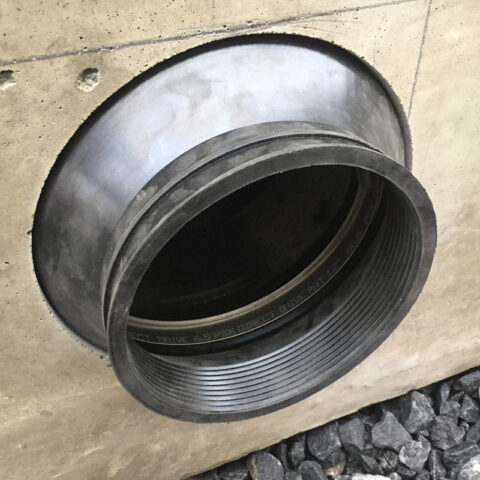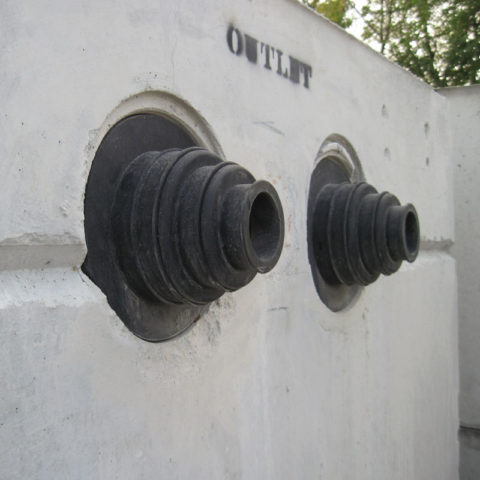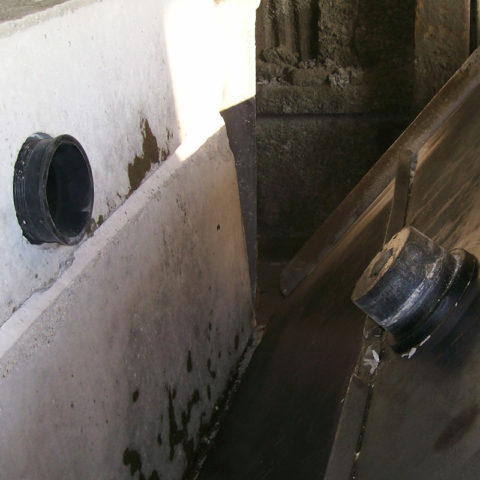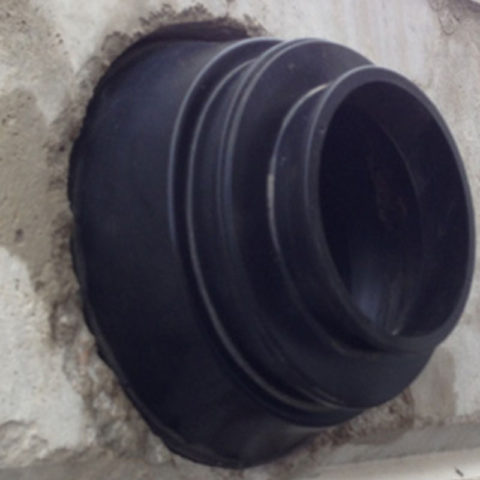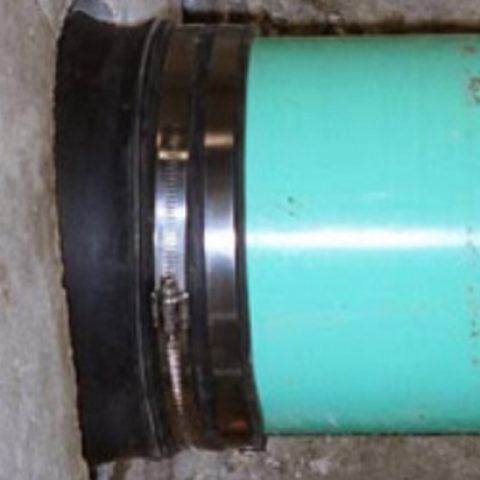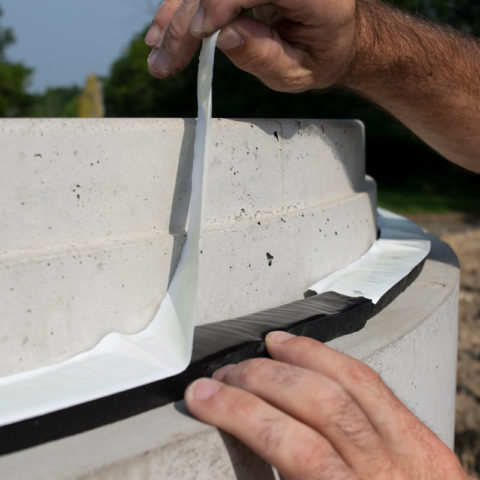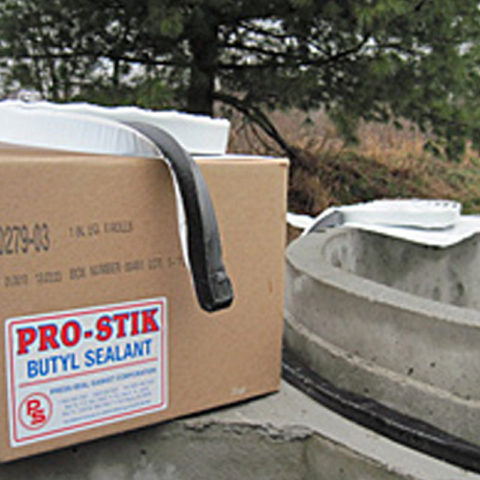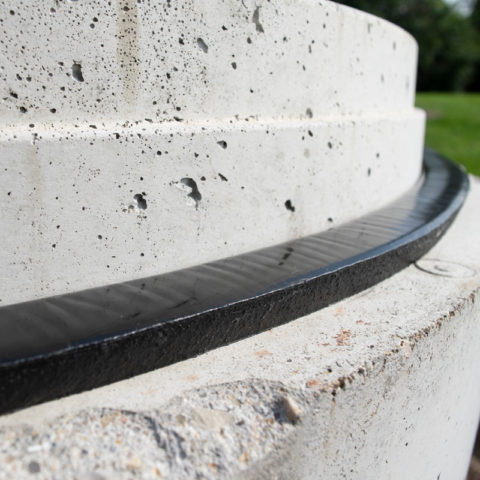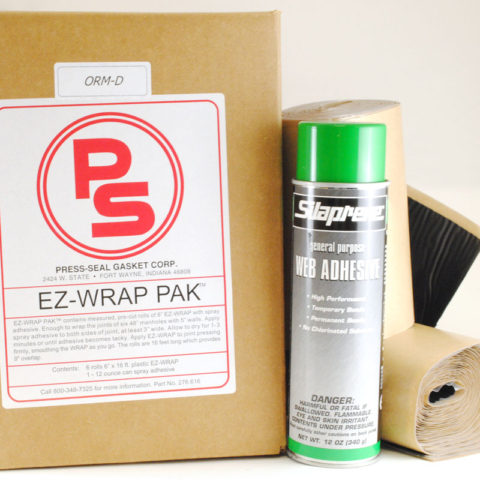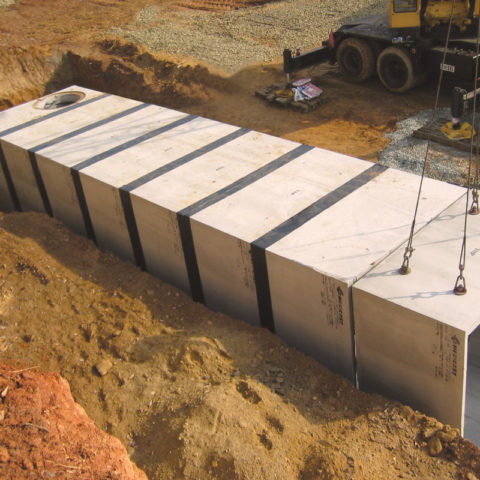
Manhole boots for septic tanks
Manhole boot connectors come in all sorts of shapes and sizes and cover a wide variety of structure types and types of pipe such as reinforced concrete pipe, HDPE corrugated pipe and PVC. Some of the ASTM's also covered by these products are:
ASTM C 923
ASTM C 1244
ASTM F 2510
Our flagship product, the PSX: Direct Drive is one of the most popular boot connectors in the market and is the preferred boot for precast companies when producing manholes for sanitary collection systems.
Cast-A-Seal boots for septic tanks
Cast-In connectors are very similar to our boot connectors, but the difference is the elimination of a step for producing. These boot connectors are integrally cast-in to the structure at the time of production eliminating the need to core or cast a hole. This saves precast producers time and money during the production process.
And these boot connectors are commonly used for sanitary collection systems as well and also meet many of the same ASTM's such as:
ASTM C 923
ASTM C 1244
ASTM F 2510
Butyl sealant and butyl tape for septic tanks
Butyl sealant is a common material used in the joints of manholes and pipe and butyl adhesive tape is very common on box culverts and can be found in septic tank systems as well. And our sealants and wraps meet or exceed a variety of ASTM's including but not limited to:
ASTM C 990
AASHTO M 198
ASTM C 877
Many applications for butyl sealants and adhesive wraps could be treatment structures, round or elliptical/arch pipe, inlet structures and box culvert systems.
There are lots of questions to ask when you get a septic tank. How often do I need to get septic tank pumping services? What’s the best way to maintain the tank? And do I need septic tank seals? Yes!
Are traditional sanitary wastewater systems in cities and towns using watertight seals? Another yes! And theyve been doing so for nearly a half-century.
Are septic tanks watertight? Unfortunately, no but they should be. And its becoming more common to see watertight septic tanks.
Learn from municipalities
Municipalities and towns design sanitary systems to be watertight for up to a 100-year life. They do this because they want to control infiltration and exfiltration. This eliminates environmental costs and concerns. This same factor should be considered for septic tanks that are even a greater environmental threat.
A leaking septic tank system can affect groundwater that homeowners rely on for drinking as well as nearby bodies of water like ponds or marshes. So why shouldnt they be watertight also?
Designers of sanitary and wastewater systems know the importance of a closed and watertight system and that it has to be addressed in the design stage. This is equally true and as important for designing and manufacturing on-site wastewater systems and septic tanks.
How do septic tank seals help?
Historically septic tanks were sealed where the pipe entered with concrete mixture or some type of mortar mixture.
And the EPA estimates that more than 60 million people in the States are served by septic systems. And about one-third of all new development is served by septic or other decentralized treatment systems.
So how does a septic tank seal make a difference?
- Keeps contaminated water from entering into natural aquifers
- Properly installed systems that are decentralized and sealed properly can prevent the spread of disease and/or infections
- Minimize excessive nitrogen discharges near coastal waters
- Increased property value if maintained correctly
Septic tank seals made of rubber such as the CAS 402, expand the life of systems because of the material the seals are made from. This long lasting material, combined with maintenance and proper planning can have serious cost benefits to homeowners.
WASTEWATER FAQ's
-
Do you offer nitrile products for wastewater systems?
We do offer several products that can be made into a nitrile compound such as:
-
Do sanitary systems need to be watertight?
All collection systems should be watertight to prevent any exfiltration and infiltration. Government regulations are becoming more strict when it comes to systems that are sealed properly for the proper conveyance of contaminated water whether it be stormwater or wastewater.
-
Why do we need to prevent wastewater exfiltration?
Discharge of wastewater into our lakes or streams is one of the EPA’s top priorities because of the environmental impacts this contaminated water can have on the environment and the effect it can have on humans or wildlife.
Wastewater Terms
-
Wastewater: Is used water from any combination of domestic, industrial, commercial or agricultural activities
-
Sanitary Sewer Overflow: Overflows pose a substantial health risk as raw sewage can carry bacteria, viruses, molds and fungi. Sanitary sewer overflows can also cause poor water quality in lakes, rivers, streams, and pollute groundwater, and they can cause economic damage by hurting water-dependent businesses such as fishing and tourism.
